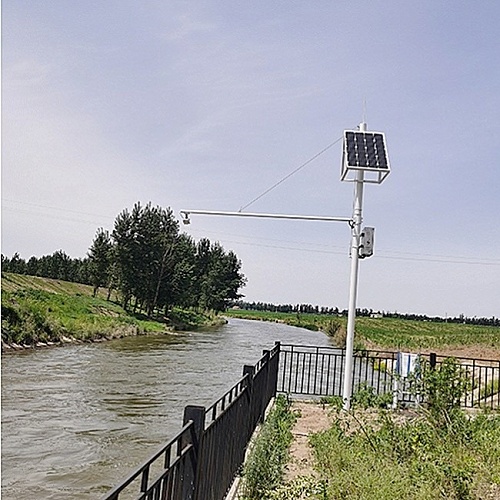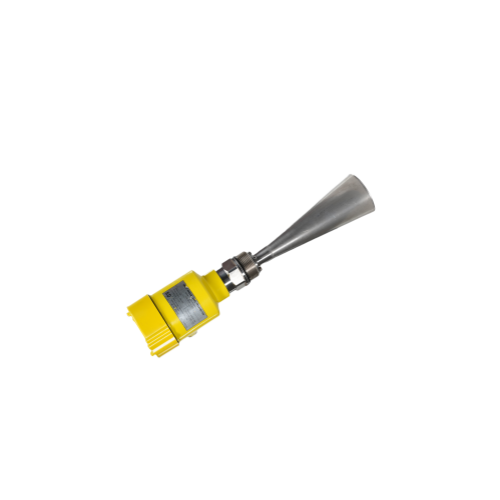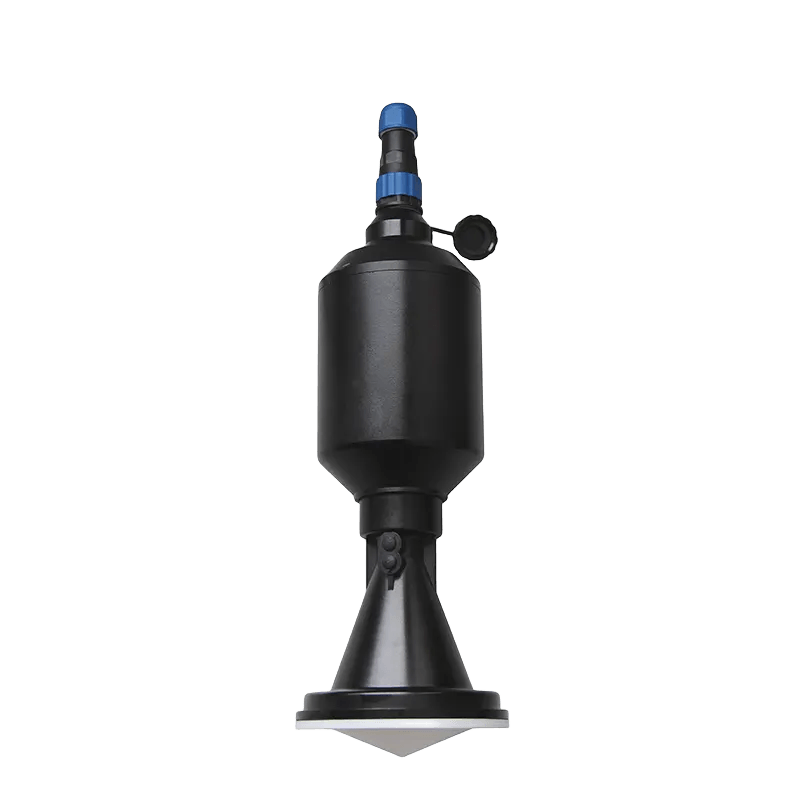BETTER TOUCH BETTER BUSINESS
Contact Sales at KAIDI.
The data acquisition link of the water automation system refers to the process of utilizing various sensors and equipment to automatically collect and transmit hydrometeorological elements such as water level, flow, rainfall, temperature, etc. in the watershed or the measurement area to provide input information for the water automation system. The data acquisition link includes the following steps:

Data acquisition: Sensors and devices automatically collect real-time data on target parameters according to set time intervals or trigger conditions and convert them into digital signals. For example, a radar water level sensor automatically transmits and receives electromagnetic waves, calculates the height from the water surface, and converts it into a water level value.
Data transmission: The data acquisition equipment will transmit the collected digital signals to the central station or data logger through different communication methods, such as wired, wireless and satellite. For example, the radar water level sensor can transmit the water level data to the central station or data logger through interfaces such as RS485, SDI-12 and analog output.

Data processing: The central station or data logger decodes, calibrates, filters and compensates the received digital signals to improve the quality and reliability of the data. For example, the center station or data logger can process the water level data transmitted from the radar water level sensor such as calibration, averaging, and outlier rejection.
Data storage: The central station or data logger stores the processed data in memory or an external storage device for subsequent query and analysis. For example, the central station or data logger can store the water level data collected by the radar water level sensor in a database or file.
The application of radar water level sensor in the data acquisition link of water automation system is mainly reflected in the two steps of data acquisition and data transmission. It can realize non-contact, high-precision, low-power, long-distance water level measurement and transmission, providing important input information for the water condition automation system.

Radar water level sensors in the application of water automation system
Water automation system refers to the use of a variety of sensors and equipment, automatic collection and transmission of hydrological and meteorological elements in the watershed or measurement area, such as water level, flow, rainfall, temperature, etc., to provide information support for flood control and scheduling, water resources management, water environment monitoring, scientific research and other systems. Water level is an important part of the water automation system, which reflects the hydrological condition of different scenarios such as rivers, channels, coasts, etc. It is of great significance for disaster prevention and mitigation, water conservancy projects, shipping and transportation. Therefore, choosing a suitable water level sensor is one of the key factors to establish a water condition automation system.
At present, the commonly used water level sensors are float type, pressure type, bubble type, ultrasonic type, radar type and laser type. Each of these water level sensors has its own advantages and disadvantages and is suitable for different geographical areas and environments. It utilizes the electromagnetic wave reflection ranging principle to realize non-contact water level measurement.
We are here to help you! If you close the chatbox, you will automatically receive a response from us via email. Please be sure to leave your contact details so that we can better assist